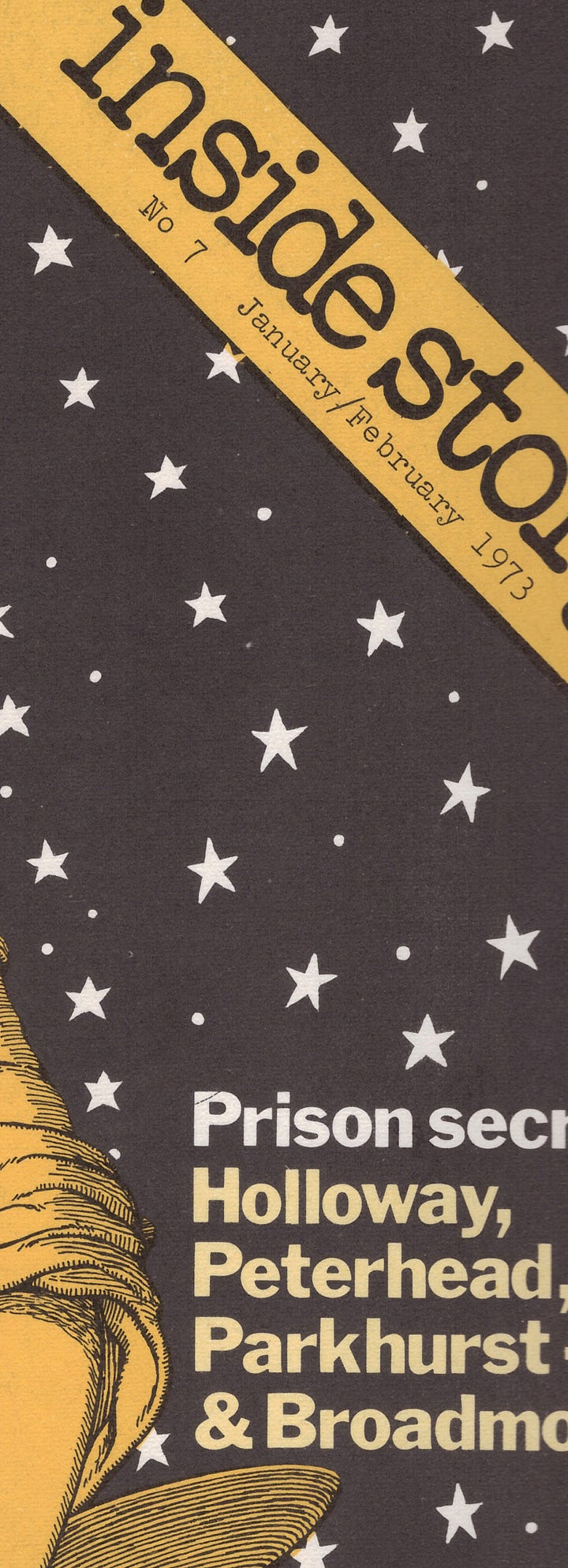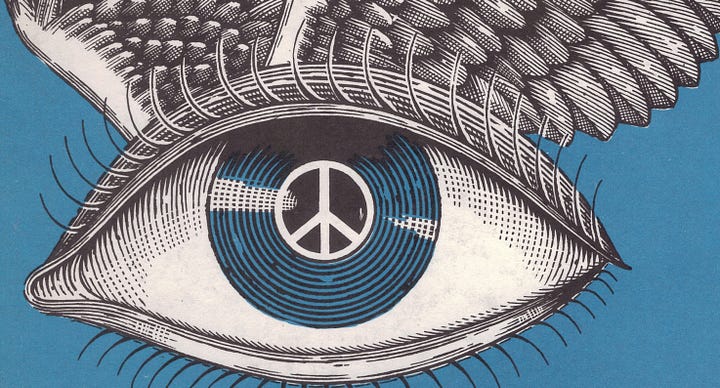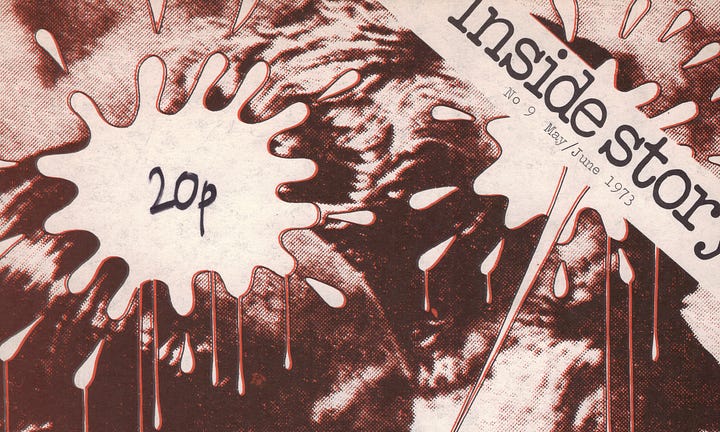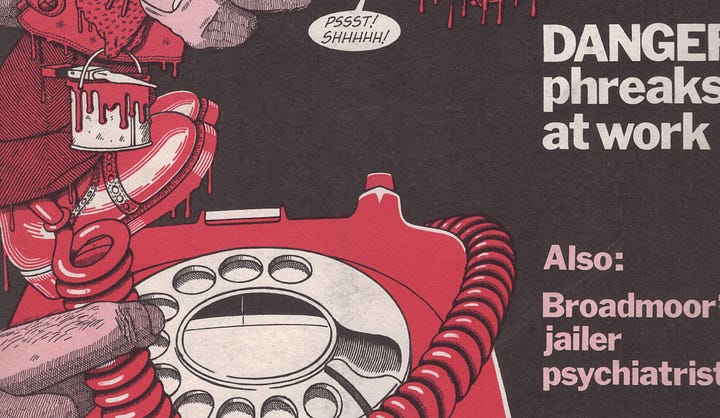Did professionalisation isolate social work from activism in the 1970s?
Housing and rights then and now




The discourse of the campaigning social radical magazines that I picked up in the 1970s has probably migrated to the Internet. But the magazines, which were only available if you went to radical bookshops, might have been just as ephemeral as the Internet’s passing show. And perhaps less good at calling people to protest.
Here’s Inside Story. I probably bought it because it often contained material on prisons (hence, perhaps, its title) and psychiatry, which interested me and many social workers at the time. But its view of social work is marked by surprise at any signs of activism at all.
I wasn’t in at the beginning, so I haven’t seen the editorial prospectus. The broad picture, though, of the five editions I have from the early 70s is a concern for justice in the courts, prisons and psychiatric hospitals dealing with offenders. But social work intrudes.
That’s because the magazine also covered a wider range of general issues from a Left perspective. The cover story of Number 5 (September 1972) was homeless squatters in Islington, East London, an important location of activism in the 1970s. The coverage was more substantial and detailed than in many other radical magazines. The complaint was that property owned by Islington London Borough had stood empty for seven months, while the Council was trying to buy other properties for a more comprehensive redevelopment. There’s a similar but more sketchy article about French squatters in an old car factory.
Inside Story’s emphasis reflected its interest in the legal. A blow by blow administrative and legal diary describes squatters writing to the Council for a short let until the property was needed, and then being faced by a possession order. Squatting led various others to a threat of eviction. This shines a historical light to today’s housing problems in London – different but with equally confounding tensions, it seems.
Supporters, mainly from the local claimants’ unions (local groups of people claiming welfare benefits), marched with squatters to the Housing Department, then on to the Town Hall. The Chairman [sic] of social services had taken the decisions, and was later confronted on television by squatters. Barricades were thrown up in various streets. Squatters, supporters and social workers came from across the country.
In trying to enforce the evictions, the Council appeared not to have expected a political campaign, certainly not one supported by their own social workers. They were accused of supporting three small groups of squatters, rather than concerning themselves with their broader (Council chairman-approved) social work with local people.
Optimistic trade union organisers were pleased to find social workers campaigning with them, and saw this as progress in the social awareness and unionisation of social workers; obviously this was unexpected. An article alongside the diary of events focuses on the involvement of the social workers, who were ‘carpeted’ for organising professional meetings that invited local squatting activist, Ron Bailey, to talk to them. Social workers on the local team were accused by the Chairman of Islington Social Services of emotional involvement with squatters ‘ignoring the desperate needs of the area they served’.
Ron Bailey’s book and articles on squatting (for example, Bailey, 1980) were caustic about whether social workers were more concerned to be on the side of their employing local authorities or the people they served. (The R. Bailey (Ron) here is a squatters campaigner, not Roy Bailey, famous later as an academic source for radical social work, as well as a distinguished folk singer, although Roy would probably not have disagreed with his namesake too much).
The diary and the article on social workers is backed up by articles about houses being slum-cleared next door to where people are still living, on the poor employment practices in the building trade, and the similar issues in Paris.
Consistent with the legal focus of Inside Story there’s also material about campaigners appearing in court, with ‘frenzied objection’ from the police to bail for people awaiting trial. We currently still see campaigners still ending up in court for activist actions. Nothing really changes, it seems, even if the police today are a bit more circumspect in public. But it may not feel like that on the street.
The next editions of Inside Story (no 6, November 1972 and No 7, January/February 1973) are much more centred on what I take to be the main interests of the magazine. A lengthy article about ‘Broadmoor’s jailer psychiatrists’ covers claimed brutality, overcrowding and staff shortage in the secure hospital. This is connected with students from Reading University nearby being involved in criminology classes with inmates and forming a ‘Revolutionary Action Group for Broadmoor’. Follow-up comments from patients emerged in the next edition.
An article describes a ‘management of madness group’ in Nottingham, and other campaigning connected to the America radical psychology magazine Radical Therapist (which later became Rough Times). Pamphlets and newspapers from lots of related groups are mentioned in every edition.
The later edition focuses on ‘prison secrets’ with rather more fragmentary coverage of Holloway, the women’s prison, Peterhead and Parkhurst. This again is followed up in No 8, March/April covering other prisons. Inside Story certainly maintained a degree of consistency in its concerns. There is more on various prisons in No 9, although the cover story by May/June was the USA’s war in Vietnam (personified by criticism of the American President, Nixon), a hot radical issue of the period for students across the world.
This radical magazine demonstrates the close connection between social activism and student radicalism in the 1970s; there seems to be less of this in the more straitened 2020s. In addition to the material in No 6 on student involvement in the Broadmoor issues, No 5 contains a lengthy review of Trevor Pateman’s (1972) ‘handbook for course criticism’ supporting students’ campaigning on universities. There had recently been a period of university expansion, including a strong development of the social sciences at that time.
I still have a copy of Pateman’s book, bought to have Crescy Cannan’s (1972) well-regarded chapter on social work education, although it also has a wonderful bibliography of social activism of the time. Cannan’s main focus is the position of social workers seeking professionalisation in the then-lauded ‘welfare state’ from their existing low status, still a worry for social workers across the world.
The starting point at that time was that most social work education was in the polytechnics, ‘nine-to-five’ institutions, overcrowded, poorly financed and with poor union facilities compared with the traditional universities (and so not with the time and resources to be hotbeds of activism). The polys only became formally universities in the early 1990s, twenty years later, like similar institutions Europe-wide.
The nature of social work courses, with the strong practical training in social agencies, away from the student union base, meant that they were seen to be isolated from wider student political activism.
The focus on casework with individuals and families rather than broader social concerns meant that social work students led to a contradiction with the movements for social change that Inside Story leads on. Cannan makes the point that work with ‘problem families’ identifies housing, poverty and employment as issues, but sees these as the source of ‘latent emotional crises’ requiring help with ‘individual inner problems’ (p. 249).
These arguments about social work form the early hotting up of critiques of psychodynamic ‘traditional’ social work and the need for a broader conception of action of social issues.
The Inside Story review, covering Cannan’s chapter passingly, interprets the issue as the distortion of social work education reflecting the distortions of the welfare state in general.
At least in this magazine, social work is not central to activists’ social concerns and activists give the impression of being really a bit surprised at social work activism when they encounter it. Is Cannan’s diagnosis of the situation correct? – isolation from the mainstream of activism because of the demands that social work practice makes on education for it?
Bailey, R. (1980). Social workers: pawns, police or agitators? In M. Brake & R. Bailey (Eds.). Radical social work and practice (pp. 215-27). London: Arnold.
Pateman, T. (Ed.) (1972). Counter course: A handbook for course criticism. Harmondsworth Penguin.
Cannan, C. (1972). Social workers: training and professionalism. In Pateman (pp l247-63).




